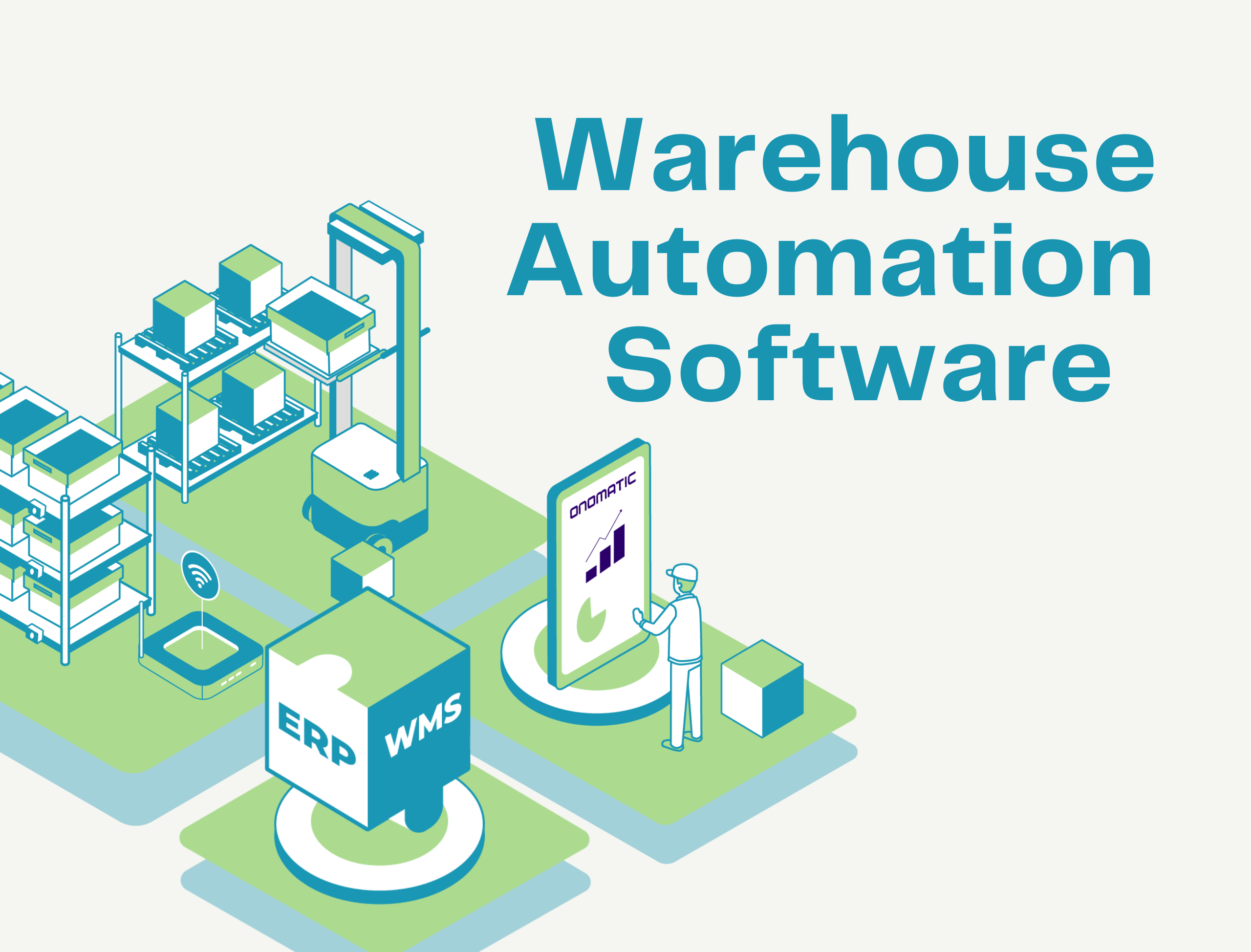January 3rd | 3 min read
I recently came across an intriguing new automated storage and retrieval system (ASRS). It’s designed by a well-established automation vendor, known for their larger and more complex systems, but this offering is different. It’s a smaller, more approachable version of their flagship solution, aimed at businesses that may not have the budget or operational scale to justify the traditional investment. What really sets it apart is its unique software and SaaS pricing model.
This shift in the market highlights two key trends:
1. Automation is moving downmarket
Vendors are recognizing the need for more affordable solutions that are accessible to smaller operations. It’s no longer about offering the most advanced or expensive system; it’s about scalability, simplicity, and delivering value at a price point that smaller businesses can embrace.
2. Software is at the heart of automation
Beneath the hardware—the robots, conveyors, and cranes—lies the real challenge of automation: software. Without robust, intelligent software, these systems can’t orchestrate movements, optimize tasks, or integrate seamlessly with existing processes.
Why Automation is a Software Problem First
Automation hardware has come a long way in recent years, with advancements in robotics, sensors, and mechanical design. But while hardware solves the “what,” it’s software that answers the “how” and “when.”
For example:
- Task Orchestration: Robots and automated systems need to know which task to prioritize and when to execute it.
- System Integration: Automated systems rarely operate in isolation. They must communicate with enterprise software like WMS, ERP, or MES systems, ensuring that material flows align with inventory strategies, production schedules, or customer orders.
- Real-Time Decision Making: In fast-paced operations, decisions about inventory allocation, picking routes, or machine assignments can’t wait. Intelligent software drives these decisions by analyzing data and executing in real time.
The Market Push for Software-Driven Automation
What we’re seeing is a broader trend across the automation industry. Vendors are being forced to innovate in software, not just hardware, because:
Smaller businesses are adopting automation: These companies often lack in-house IT resources, making SaaS models appealing.
Complexity in operations is increasing: Whether it’s managing omnichannel fulfillment or meeting rapid delivery expectations, businesses need automation that’s flexible and intelligent.
The ROI conversation has shifted: Decision-makers want to see faster returns, and software-driven solutions can deliver immediate benefits through better orchestration and optimization.
The Role of Platforms Like Onomatic
This market evolution aligns with our vision at Onomatic. We’ve long understood that the real power of automation lies in software—specifically in orchestrating movements and ensuring that human and robotic workflows coexist seamlessly. Whether it’s optimizing forklift traffic or setting the stage for AMRs (Autonomous Mobile Robots) our focus has always been on solving the “how” through intelligent algorithms and modular designs.
As automation continues to move downmarket and vendors innovate in software, we’re excited to see more businesses leveraging MAO platforms to reap the benefits of smarter, more affordable systems. But it’s also a reminder that automation’s first challenge will always be software—because without it, even the most sophisticated hardware is just a collection of moving parts.

